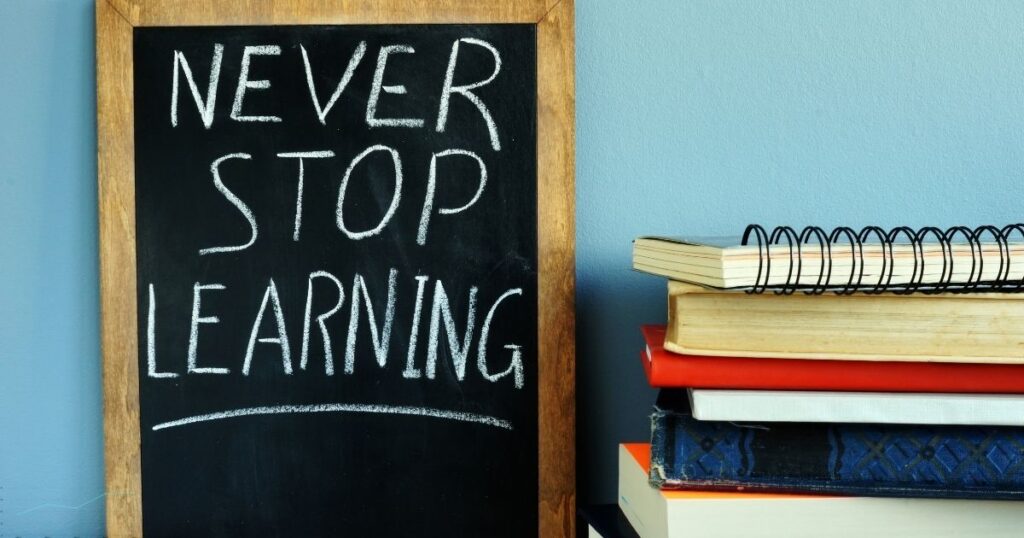
Advanced Memory Enhancement Tactics
Throughout history, thinkers and scholars have been fascinated by the mechanisms of memory. One notable figure is the ancient Greek poet Simonides of Ceos, credited with the invention of the “Method of Loci,” an imaginative technique involving visualizing items to be remembered within familiar spatial environments.
Fast forward to modern times, and we see experts like Tony Buzan, who popularized mind mapping to enhance memory and learning—a tool that harnesses the power of visual organization to improve recall and understanding.
Leverage advanced memory enhancement tactics to not only boost your recall abilities but to also deepen your understanding of complex information. This isn’t about rote memorization; it’s about making information stick in a meaningful and lasting way.
Many people struggle with memory retention, often resorting to repetitive reading or simple memorization, which are not only inefficient but often ineffective in the long term. This challenge becomes more daunting as the volume and complexity of information we need to remember increases.
Memory Enhancement Tactics
Memory isn’t just about retaining information—it’s about organizing and retrieving it effectively. Techniques developed by historical figures like Simonides and modern experts like Buzan are more than just tricks; they transform how we interact with information, making learning a dynamic and impactful process.
The shift involves moving from passive to active memory techniques. This means engaging with information through storytelling, spatial visualization, and structured diagrams, which all serve to embed knowledge more deeply into your memory.
To help you make sense of each memory enhancement tactic, I am going to use public speaking as an example.
1. The Method of Loci
Picture this: you’re about to give a public speech and you’re worried about forgetting your key points. This is where the Method of Loci comes in.
Imagine a familiar place, like your home, and mentally place each part of your speech in different rooms. For instance, the introduction might be in your living room, while the main points are in the kitchen, bedroom, and office.
As you start your speech, you mentally walk through your house. This journey helps you remember each section as you “enter” each room. It’s like having a mental map that guides you through your speech.
Using the Method of Loci, you turn abstract ideas into concrete visual cues. Our brains are good at remembering places and images, so this makes it easier to recall information.
Next time you’re preparing a speech, try this technique to organize your thoughts and make sure you don’t forget anything.
This method also helps reduce anxiety about public speaking. Knowing you have a structured way to recall your speech can boost your confidence. You’re not just relying on rote memorization; you have a vivid, visual roadmap to follow.
In public speaking, delivering your message smoothly and confidently is crucial. The Method of Loci helps you maintain this flow, making your presentation more engaging and effective.
2. Mind Mapping
Now, let’s talk about mind mapping, a great tool for organizing complex topics.
Start by writing your main topic in the center of a page, then draw branches to represent different subtopics or main points of your speech.
For each subtopic, add more branches with specific details or examples you want to cover. This visual layout helps you see the structure of your speech at a glance. It’s like having a blueprint that guides you through each part of your presentation.
Mind maps make it easier to organize your thoughts and ensure your speech flows logically.
When you’re on stage, you can visualize your mind map to recall each section and the key points. This not only helps with memorization but also with delivering a clear and structured speech.
Another benefit of mind mapping is that it shows connections between ideas. This is useful in public speaking, where linking different parts of your speech can make your message more compelling. It helps you see the big picture and how everything fits together.
Using mind mapping in your preparation can make your speeches more dynamic and memorable. It’s a tool that enhances both your memory and your ability to communicate complex ideas clearly.
3. Storytelling
Humans are wired to remember stories better than lists of facts.
When preparing your speech, try to weave in anecdotes and narratives that illustrate your points.
Start by identifying the key message of your speech. Then, think of a story that relates to this message. It could be a personal experience, a historical event, or even a fictional scenario that highlights the importance of your topic.
When you tell a story, it captures your audience’s attention and makes your message more relatable. But it also helps you remember your speech because the narrative gives you a clear path to follow. Each part of the story serves as a cue for the next part of your speech.
Storytelling also allows you to connect emotionally with your audience. When you share a personal story, it builds rapport and makes your message more impactful. This emotional connection helps both you and your audience remember your speech.
Make your presentations more engaging and memorable for both you and your audience. Storytelling is a powerful way to ensure your message sticks.
4. Spatial Visualization
Spatial visualization is another effective memory technique that can boost your public speaking. This method involves associating parts of your speech with specific locations or spatial arrangements.
Imagine you’re on stage and you divide the space in front of you into different zones. Each zone represents a different section of your speech. For example, the left side of the stage might be where you talk about the introduction, the center for the main points, and the right for the conclusion.
As you move from one part of the stage to another, you use these spatial cues to recall each section of your speech. This physical movement helps reinforce the structure of your speech in your mind. It’s like walking through different chapters of your presentation.
Using spatial visualization makes your speech more dynamic and engaging. Your movements on stage can emphasize transitions between points, making it easier for your audience to follow along. At the same time, it helps you remember the flow of your speech.
This technique also adds a physical element to your preparation, which can be helpful for people who remember information better through movement. By practicing your speech with spatial visualization, you create a strong mental and physical connection to your material.
5. Structured Diagrams
Structured diagrams, like flowcharts and diagrams, can be very useful for organizing and memorizing your speech. These visual tools help break down complex information into manageable parts, making it easier to remember and present.
When preparing your speech, create a flowchart that outlines the main points and subpoints. Use arrows and connectors to show the relationships between different ideas. This visual structure helps you see the logical progression of your speech.
During your presentation, you can mentally refer to this flowchart to recall each section. The visual layout acts as a guide, ensuring that you cover all the important points in the correct order. It also helps you transition smoothly from one idea to the next.
Structured diagrams are especially helpful for speeches that involve detailed or technical information. They allow you to present complex concepts clearly and logically, making it easier for your audience to understand and remember your message.
By using structured diagrams in your speech preparation, you enhance both your memory and your ability to communicate effectively. These visual tools provide a clear roadmap for your presentation, helping you stay on track and deliver your message confidently.
6. Active Engagement
Active engagement means moving from passive learning techniques to more interactive methods. In public speaking, this means actively involving yourself with the material you need to memorize and present.
Instead of just reading your speech over and over, try different techniques like rehearsing in front of a mirror, recording yourself, or practicing with a friend. These active methods help reinforce the information in your mind and make it easier to recall.
One effective strategy is to teach the material to someone else. Explaining your speech to another person forces you to understand it deeply and remember the details. It also provides an opportunity for feedback, which can help you improve your delivery.
Active engagement also involves using techniques like visualization and storytelling. By actively engaging with the content of your speech, you make it more memorable and easier to recall when you’re on stage.
Incorporating active engagement into your preparation not only enhances your memory but also builds your confidence as a speaker. It transforms the way you interact with information, making your presentations more dynamic and impactful.
7. Repetition with Variation
Repetition with variation is a powerful technique that can improve your memory and public speaking skills. Instead of repeating the same material in the same way, introduce variations to keep your mind engaged and reinforce the information in multiple ways.
For example, practice your speech in different environments—at home, in a quiet park, or in front of a small group. Each setting provides a new context that helps strengthen your memory of the speech. You can also vary the way you practice, such as speaking out loud, writing it down, or summarizing the key points.
Another variation is to change the order of your speech. Start with the conclusion and work your way backward, or mix up the main points. This helps you understand the material more deeply and ensures that you can recall it in any order.
Using repetition with variation keeps the material fresh in your mind and prevents it from becoming monotonous. It also helps you identify and address any weak points in your memory, making your overall recall stronger.
Incorporating this technique into your preparation not only enhances your memory but also makes you more adaptable as a speaker. You become more comfortable with the material and better equipped to handle unexpected changes or questions during your presentation.
Resources
I encourage you to keep learning every day. You can accelerate your learning, and you can be more strategic by leveraging the resources below.
Articles

Build Strong Mental Models

Speed Up Your Learning

Create a Personal Learning Playbook

Future Proof Your Learning Habits
Training
